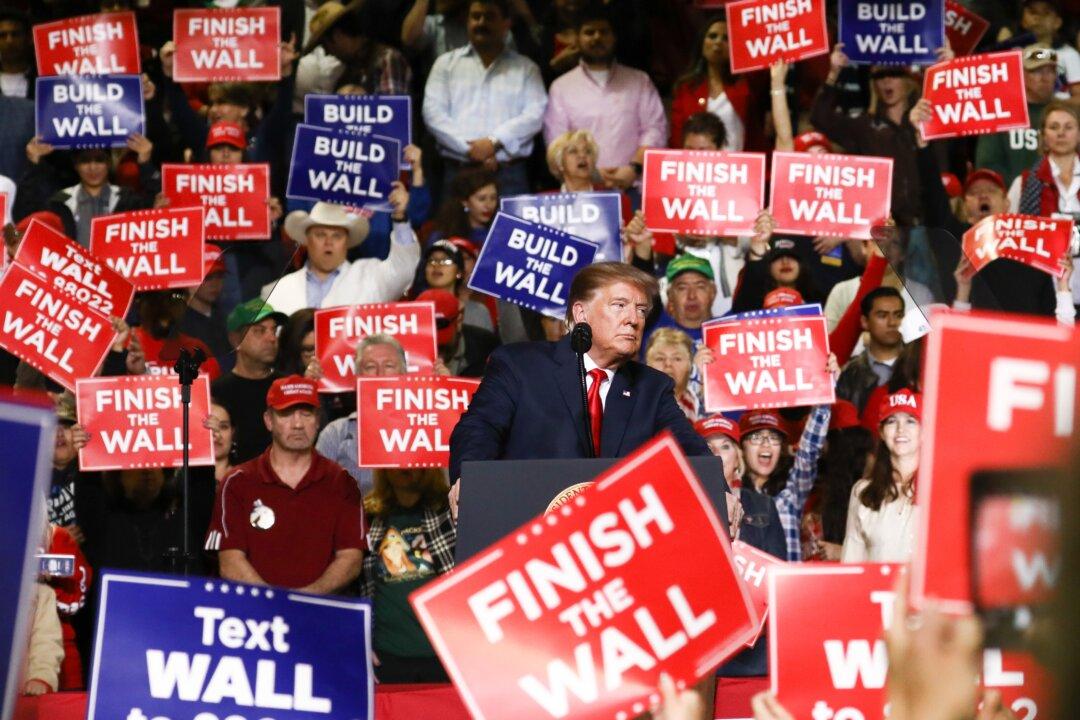During his El Paso, Texas, rally, President Donald Trump quipped at the expense of the Democrats’ failed Senate candidate in Texas, Beto O’Rourke, whose counter-rally nearby attracted a much smaller crowd.
Trump called O’Rourke “a young man who’s got very little going for himself except he has a great first name”—an apparent shot at O’Rourke’s use of a Hispanic-sounding nickname in the heavily Hispanic area, despite being of Irish lineage.





